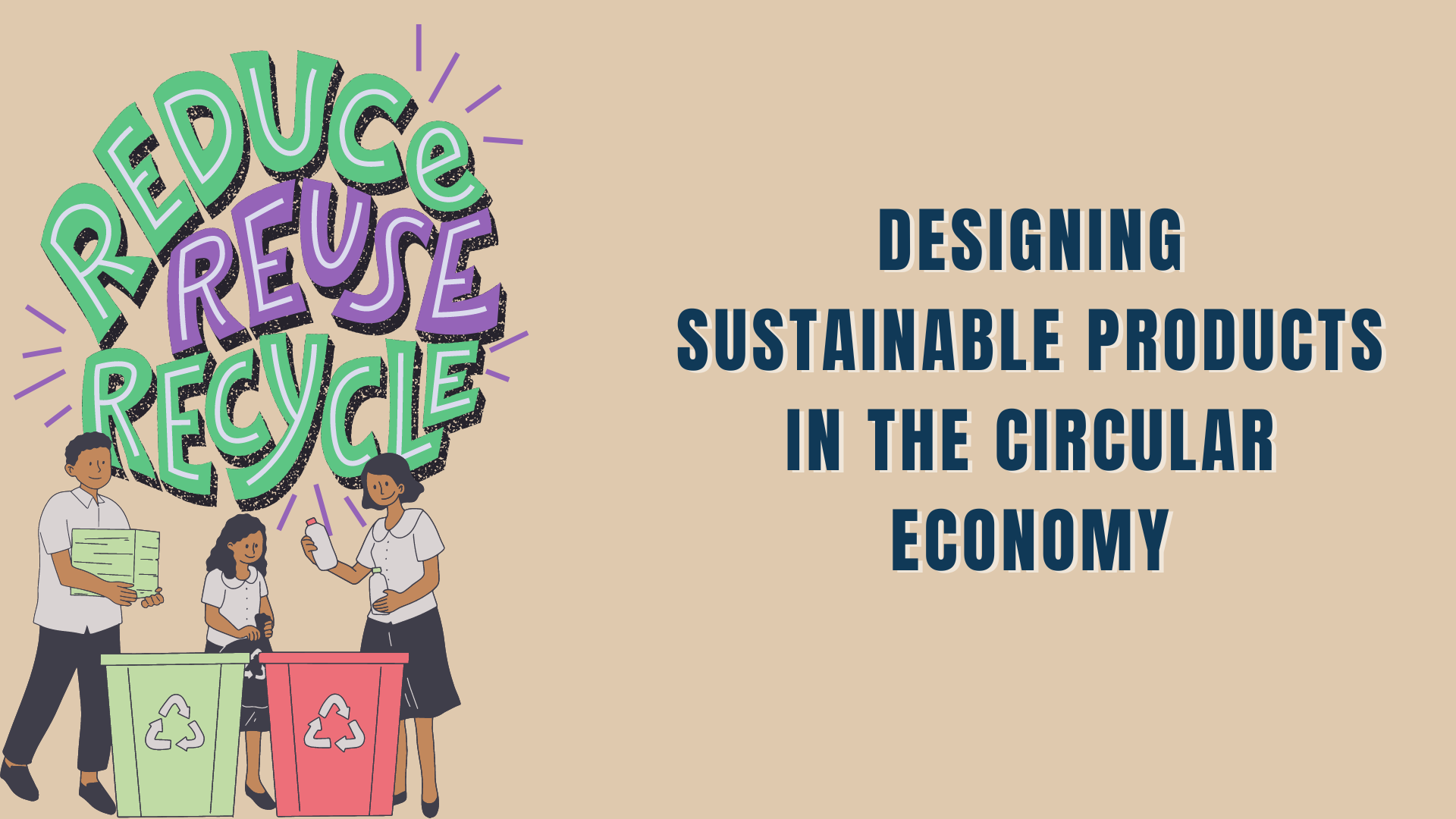In the face of climate change and resource depletion, the traditional linear model of “take, make, dispose” is proving to be unsustainable. As a response, the concept of the circular economy has gained traction, offering a promising alternative that prioritizes sustainability and resource efficiency. In this blog post, we’ll delve into the circular economy and explore how manufacturers can adopt principles of reuse, recycling, and sustainability in their product design processes.
Understanding the Circular Economy
The circular economy is a regenerative approach to economic activity that aims to keep resources in use for as long as possible, extracting the maximum value from them while in use, and then recovering and regenerating products and materials at the end of each service life. Unlike the linear economy, which is based on the “take, make, dispose” model, the circular economy emphasizes closed-loop systems where waste is minimized, and resources are kept in circulation.
Designing for Reuse and Durability
Manufacturers play a pivotal role in transitioning to a circular economy by rethinking how products are designed, manufactured, and consumed. One key principle is designing products for reuse and durability. By creating products that are built to last, manufacturers can minimize the need for frequent replacements, thus reducing waste and conserving resources. This could involve using high-quality materials, implementing modular designs that allow for easy repair and upgrade, and incorporating features that extend product lifespans.
Prioritizing Recycling and Material Recovery
In addition to designing for reuse, manufacturers must also prioritize recycling and material recovery. This involves selecting materials that are recyclable or biodegradable, as well as designing products in a way that facilitates disassembly and recycling at the end of their life cycle. By designing with recyclability in mind, manufacturers can help ensure that valuable materials can be recovered and reused, closing the loop and minimizing the need for virgin resources.
Adopting Sustainable Practices and Technologies
Transitioning to a circular economy also requires manufacturers to adopt sustainable practices and technologies throughout the production process. This could include optimizing manufacturing processes to minimize waste and energy consumption, sourcing materials from renewable or sustainable sources, and investing in renewable energy sources such as solar or wind power. By embracing sustainable practices, manufacturers can reduce their environmental footprint and contribute to the broader goal of building a more sustainable economy.
Collaborating Across the Supply Chain
Finally, transitioning to a circular economy requires collaboration across the entire supply chain, from raw material suppliers to end-users. Manufacturers must work closely with suppliers to ensure the sustainability of raw materials and explore opportunities for closed-loop systems. Similarly, collaboration with consumers is essential to encourage responsible consumption habits, such as proper product maintenance and disposal. By fostering collaboration across the supply chain, manufacturers can create a more sustainable and resilient economy for future generations.
Conclusion
In conclusion, the concept of the circular economy offers a compelling vision for a more sustainable and resilient future. By designing products with reuse, recycling, and sustainability in mind, manufacturers can play a crucial role in driving the transition towards a circular economy. By prioritizing durability, recyclability, and sustainable practices, manufacturers can minimize waste, conserve resources, and build a more sustainable economy for generations to come. Embracing the principles of the circular economy is not only an environmental imperative but also a business opportunity for manufacturers to innovate, differentiate, and create value in a rapidly changing world.









